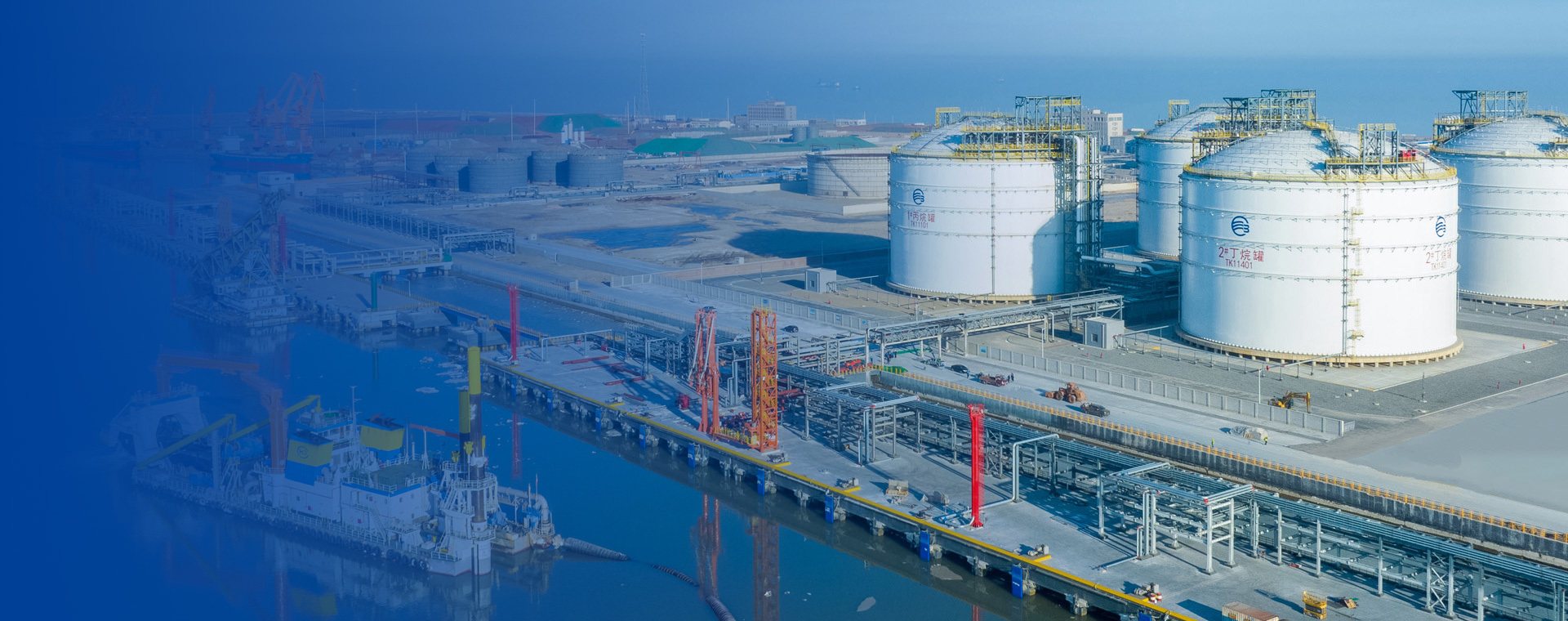Selection and Mechanism of Action of Paint Flocculant AB Agent
Classification: News
Release time: 2023-06-28
Summary: In the spray paint wastewater treatment process, the characteristics of oily paint wastewater can be simply described as high viscosity, high COD, and containing chemical elements such as toluene and xylene. For this type of paint wastewater, it is recommended to use paint flocculant products with good de-viscosity and coagulation.
In the spray paint wastewater treatment process, the characteristics of oily paint wastewater can be simply described as high viscosity, high COD, and containing chemical elements such as toluene and xylene. For this type of paint wastewater, it is recommended to use paint flocculant products with good de-viscosity and coagulation.
The characteristics of water-based paint wastewater are very high concentration and color. Conventional paint flocculant AB agent products cannot remove the color problem. For water-based paint wastewater, it is recommended to use water-based paint flocculant products with stable charge neutralization.
Therefore, different components, different water qualities, and the selection and mechanism of action of paint mist wastewater treatment agents are closely related. Using targeted AB agent products can more stably decompose the viscosity of the paint, rapidly generate coagulation and floating, which also determines the effect of de-viscosity and coagulation floating of paint wastewater.
Currently, the AB agent for paint flocculant treatment of paint wastewater has a mature process, is simple and convenient to use, has a low investment cost, yet can achieve good treatment effects.
The paint flocculant consists of two agents, component A and component B. Component A is mostly composed of cationic polymers with medium molecular weight, which can "capture" oversprayed paint entering the circulating water. Due to its high charge level, it generates a strong attraction to paint droplets. Once the paint droplets are adsorbed, they are wrapped using two levels of different affinities, and through chemical action, penetrate and destroy the functional groups in the paint droplets, eliminating viscosity and driving the wrapped paint droplets to float or sink. Component B is mostly composed of polymers with a molecular weight of tens of millions, which, through a "bridging" effect between paint molecules, aggregates the destroyed paint particles and impurities into larger groups, making them solid and adhesive, enhancing the efficiency of mechanical dehydration. Component B can also neutralize the system's charge, maintaining ionic balance in the system, and due to its larger molecular weight, it can accelerate the floating or sinking speed of the aggregated groups in the system.
The AB agent for paint flocculant is suitable for various spray painting lines. Depending on different spray painting processes and paint types, corresponding paint flocculant AB agents can be selected, which have good slag removal effects and low treatment costs. The usage concentration is 1-2‰, and the AB agents are basically the same. The paint flocculant can be determined based on the actual operating conditions on site, which can enhance the coagulation force of the paint slag. Manual or slag removal machines can be used for recovery, and the circulating water can be continuously used to reduce emissions, making it a relatively good water purification product for paint wastewater treatment in the modern spray painting industry.
Key words: Selection and Mechanism of Action of Paint Flocculant AB Agent
FEEDBACK
Contact Us
E-mail:Danielgao@chemical86.com
Website:www.chemical86.com
WhatsApp:+(86)-15218896683
Address: Huangpu District, Guangzhou City, Guangdong Province, China
C2 2223, 85 Kefeng Road




